Arrival at Hosea Kutako International Airport, where you meet your guide who will accompany you throughout the journey. We'll then continue to the capital, Windhoek, for our first overnight stay in Namibia.

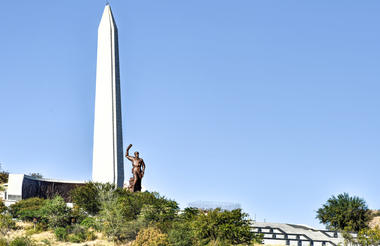
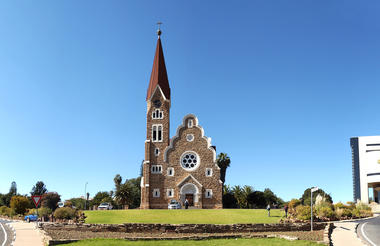
Short city tour
Today we will head southward to reach the wonderful Kalahari Desert with its incredible red dunes that will offer us a truly priceless experience.


Afternoon naturalistic excursion inside the private reserve with lodge guides and vehicles
The tour continues southwest to reach the Namib Desert. The main attraction of this area is the spectacular Sossusvlei, a clay basin formed when the migrating dunes of the Namib blocked the path of the Tsauchab River. Surrounded by majestic star-shaped and undulating dunes, the basin and the surrounding dunes offer an absolutely breathtaking spectacle in the early morning hours. The area also includes the Dead Vlei, with its pure clay soil and dead acacia trunks pointing skyward, and the Sesriem Canyon, which takes its name from the 30-meter-deep canyons carved into the sediments of the Tsauchab River.
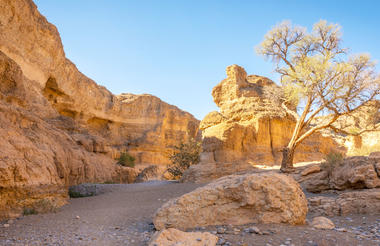
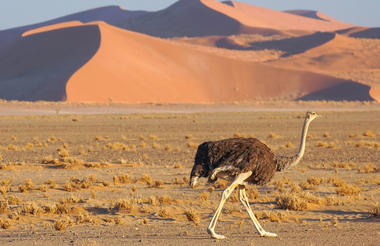
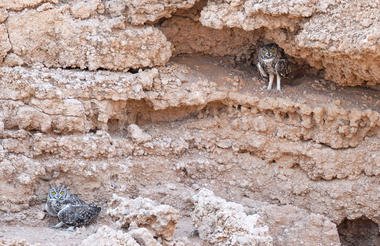
We'll wake up at dawn today to visit the world's tallest sand dunes, the Sossusvlei dunes, a UNESCO World Heritage site since 2013. At sunrise, they take on truly magical colors. In the afternoon, you'll have the option of participating in a variety of activities offered by the lodge.



Namib Desert excursion to visit the dunes of Sossusvlei, Deadvlei, Dune 45, Sesriem Canyon
Today we continue northward to reach the Atlantic Coast. We'll arrive in Swakopmund, a coastal town founded by German colonists in 1892. With its pleasant, relaxed atmosphere, it's the country's main holiday destination. Many streets still bear the names of colonial figures and administrators of the era.

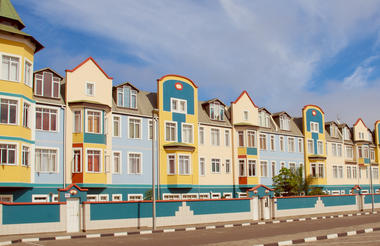
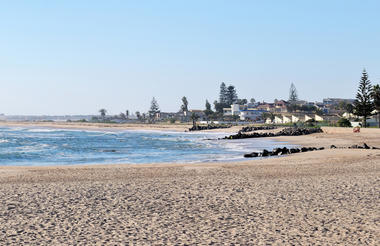
A full day dedicated to coastal activities awaiting us. A catamaran cruise in the morning offers the chance to spot the abundant local birdlife, numerous resident sea lions, possibly dolphins, and, depending on the season, humpback whales that pass along the coast. In the afternoon, we continue by 4x4 vehicle to the coastal dunes of the Namib Desert that overlook the Atlantic Ocean.
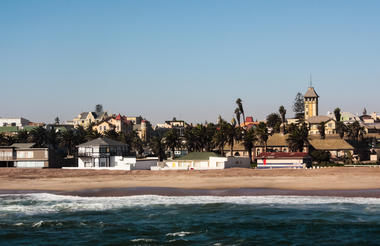
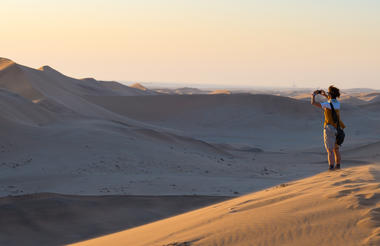
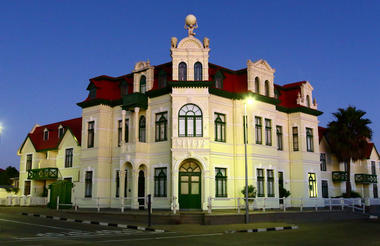
Morning catamaran excursion in the Wavis Bay lagoon and continuation by 4x4 vehicles in the afternoon along the coastal dunes of the Namib Desert to reach Sandwich Harbour
Today, we will travel along part of the Skeleton Coast to reach Damaraland, a fascinating rocky desert, and specifically the Twyfefelfontein area, famous for its rock engravings, a UNESCO World Heritage site since 2007.
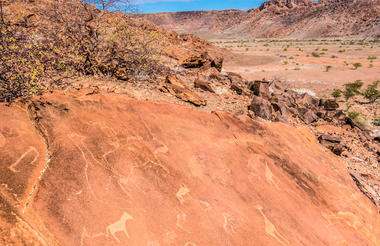
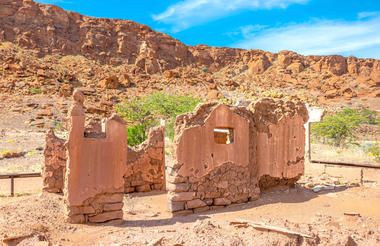
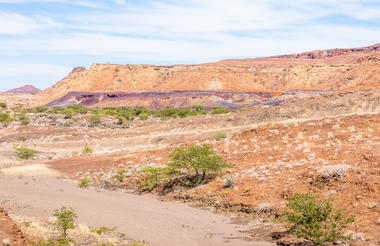
Visit to the Twyfelfontein rock carvings site
We will continue our journey northwest, leaving Damaraland through vast landscapes to reach the town of Opuwo, in Kaokoland. The homeland of the fascinating Himba people, still firmly rooted in their traditions despite the overwhelming push of Westernization.
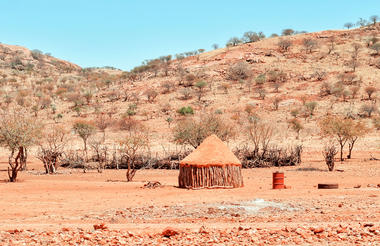
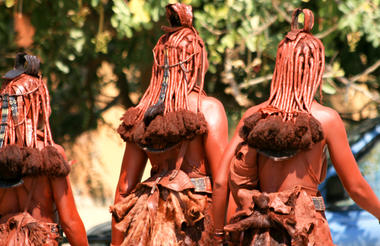
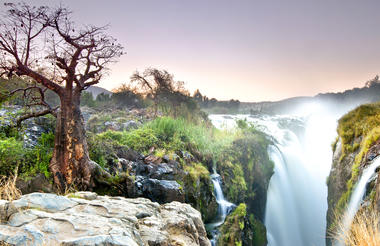
After breakfast, we'll head toward the far northwest of Namibia, reaching the Epupa Falls, along the Kunene River, marking the natural border with Angola. The landscape surrounding the falls is absolutely breathtaking.
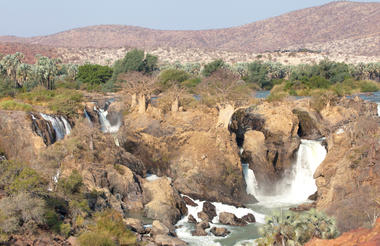
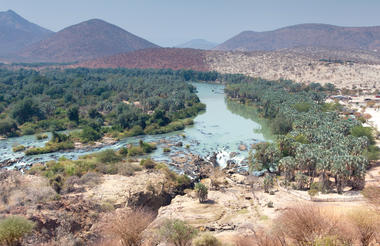
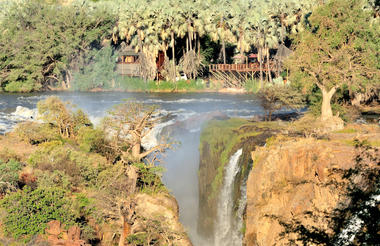
We will spend the day discovering this isolated corner of Namibia, interacting with the Himba people, Namibia's most representative ethnic group, and learning about their ancestral customs and traditions, while the Epupa Falls will be a wonderful backdrop to our stay.
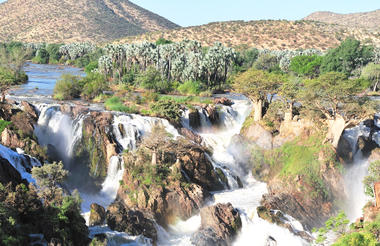
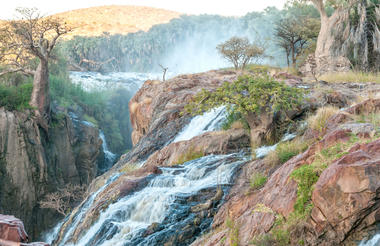

Visit to a Himba village
Today we will arrive at Etosha National Park, entering through the gate on its westernmost side, to begin our first photo safari, approaching the numerous watering holes where thirsty animals gather.
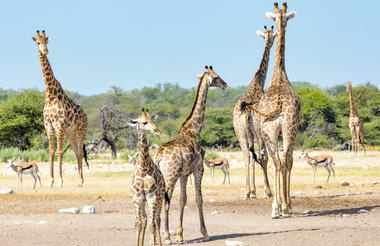
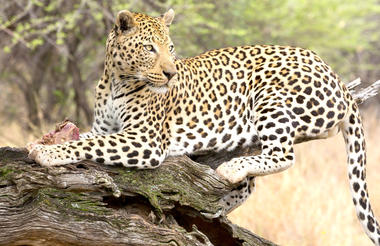
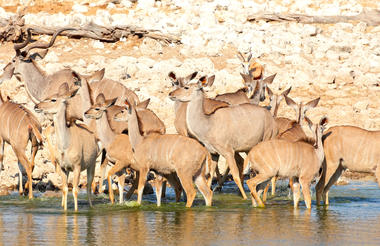
Photo safari inside Etosha Park with your own guide and vehicle
We continue into Etosha National Park with our exciting game drives. Stopping at the numerous waterholes that welcome thirsty animals, you'll be amazed by the magic this fantastic park offers.
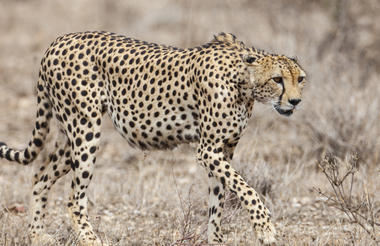
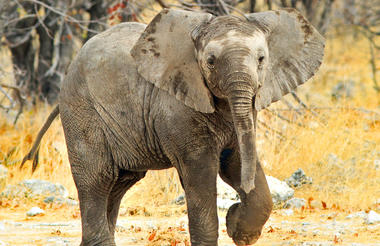
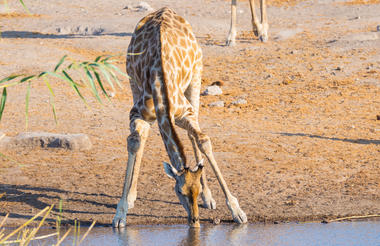
Photo safari inside Etosha Park with your own guide and vehicle
Another exciting day dedicated to photo safari inside Etosha National Park.
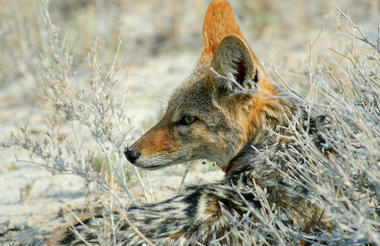
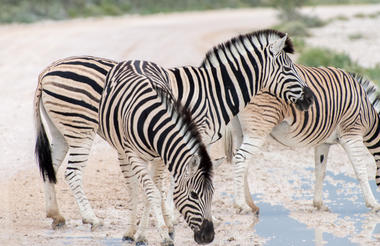
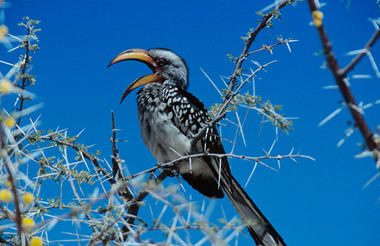
Photo safari inside Etosha Park with your own guide and vehicle
Leaving Etosha Park, today we will reach a wonderful private reserve, strategically located halfway between the capital Windhoek and the park itself, where we will be guests for the night.
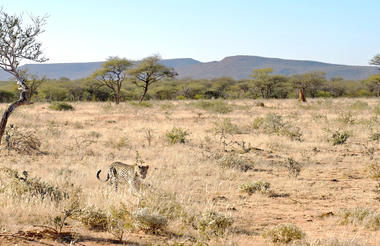
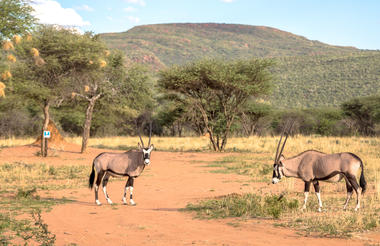
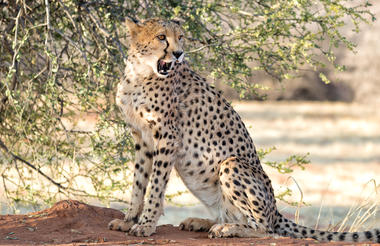
Photo safari inside the private reserve with guides and vehicles from the lodge
Arrival at Hosea Kutako International Airport in time for your return flight.




